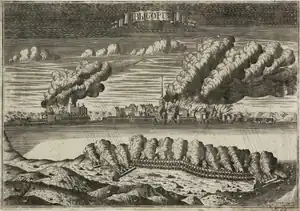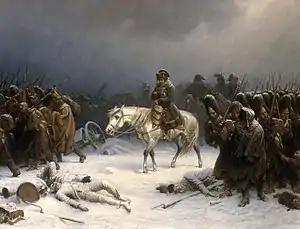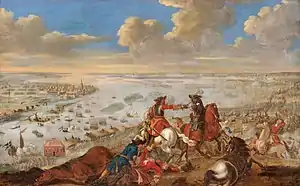.svg.png.webp)
Introduction
The military history of Europe refers to the history of warfare on the European continent. From the beginning of the modern era to the second half of the 20th century, European militaries possessed a significant technological advantage, allowing its states to pursue policies of expansionism and colonization until the Cold War period. European militaries in between the fifteenth century and the modern period were able to conquer or subjugate almost every other nation in the world. Since the end of the Cold War, the European security environment has been characterized by structural dominance of the United States through its NATO commitments to the defense of Europe, as European states have sought to reap the 'peace dividend' occasioned by the end of the Cold War and reduce defense expenditures. European militaries now mostly undertake power projection missions outside the European continent. Recent military conflicts involving European nations include the 2001 War in Afghanistan, the 2003 War in Iraq, the 2011 NATO Campaign in Libya, and various other engagements in the Balkan and on the African continent. After 2014, the Russian annexation of Crimea and the ongoing Russo-Ukrainian War prompted renewed scholarly interest into European military affairs. For further the context see History of Europe . (Full article...)
Selected article

Selected battle

Did you know
- ... that while repelling Soviet advances across the frozen Lake Suvanto, Finland managed to capture 12 anti-tank guns, 140 machine guns, 200 light machine guns and 1500 rifles in the Battle of Kelja in 1939?
- ... that in the Battle of Rhium, Phormio used his climatic knowledge of the Corinthian Gulf to help defeat a Spartan fleet that outnumbered his Athenians more than 2 to 1?
- ... that about 12 million people were forced laborers in Nazi Germany during World War II, and less than 2 million received direct compensation after the war?
- ... that Sir Thomas Troubridge lost his right leg and left foot at the Battle of Inkerman, but refused to leave the field until the battle had been won?
European military history topics
Selected biography
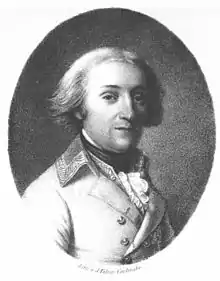
Selected picture

General images -
Related WikiProjects
| Military history | European Union | Europe |
 |
 |
Subcategories
Related portals
Associated Wikimedia
The following Wikimedia Foundation sister projects provide more on this subject:
-
 Commons
Commons
Free media repository -
 Wikibooks
Wikibooks
Free textbooks and manuals -
 Wikidata
Wikidata
Free knowledge base -
 Wikinews
Wikinews
Free-content news -
 Wikiquote
Wikiquote
Collection of quotations -
 Wikisource
Wikisource
Free-content library -
 Wikiversity
Wikiversity
Free learning tools -
 Wiktionary
Wiktionary
Dictionary and thesaurus
-
 List of all portals
List of all portals -

-

-

-

-

-

-

-

-

-
 Random portal
Random portal -
 WikiProject Portals
WikiProject Portals
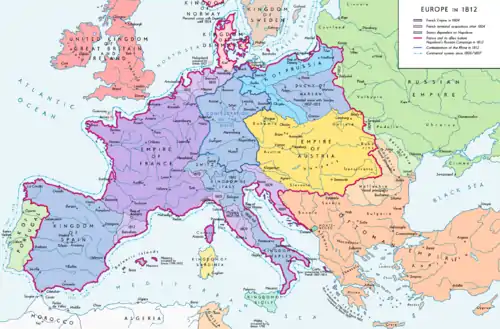




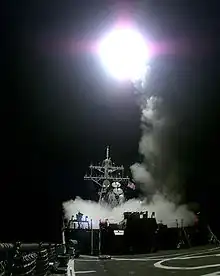


.jpg.webp)

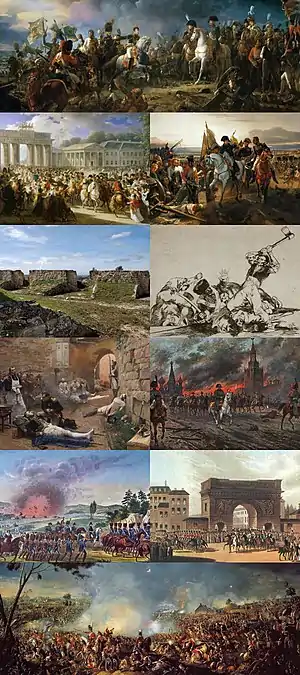


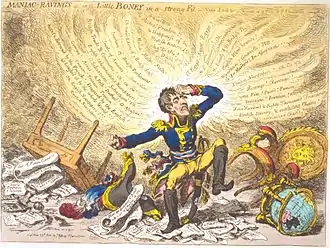
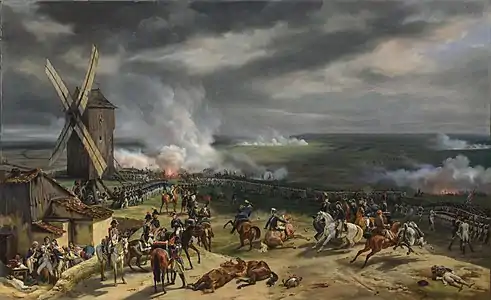



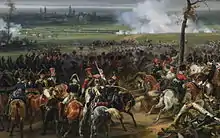

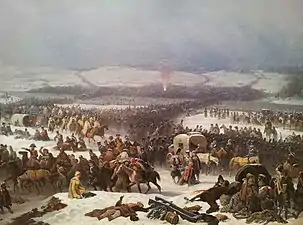


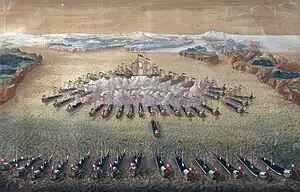


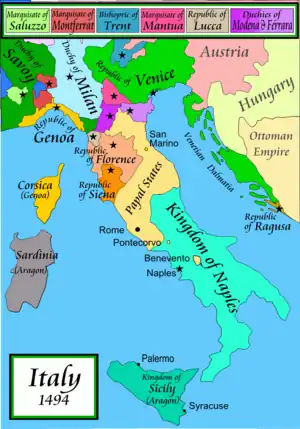





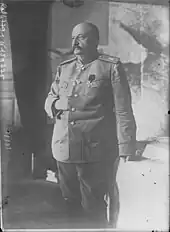

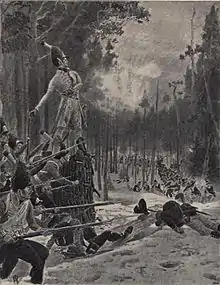
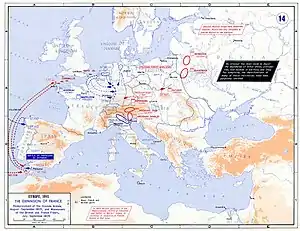

.png.webp)
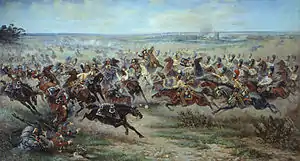

.svg.png.webp)


_001.jpg.webp)

.JPG.webp)


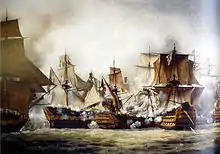
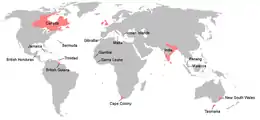

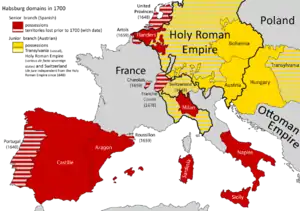

.jpg.webp)
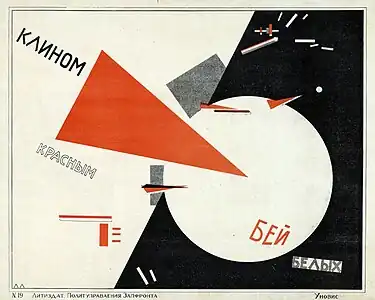









.jpg.webp)

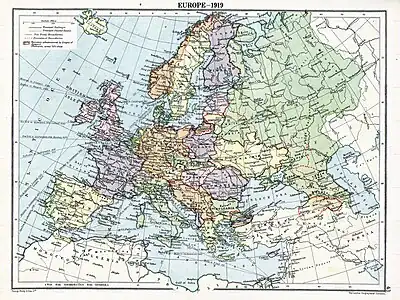


.JPG.webp)






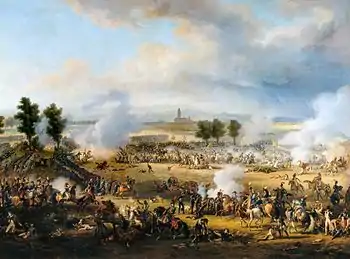




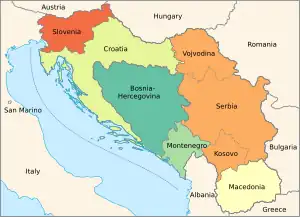


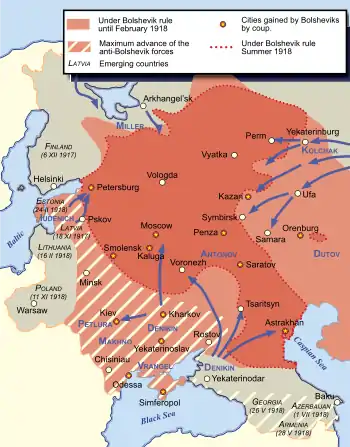

%252C_Russian_revolutionary_(small).jpg.webp)

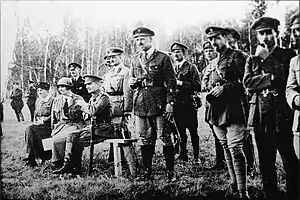
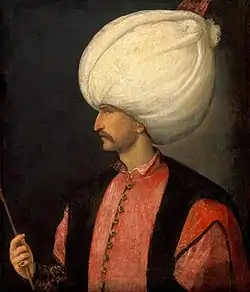
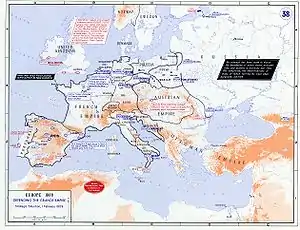
.png.webp)


_-_Royal_Collection.jpg.webp)



